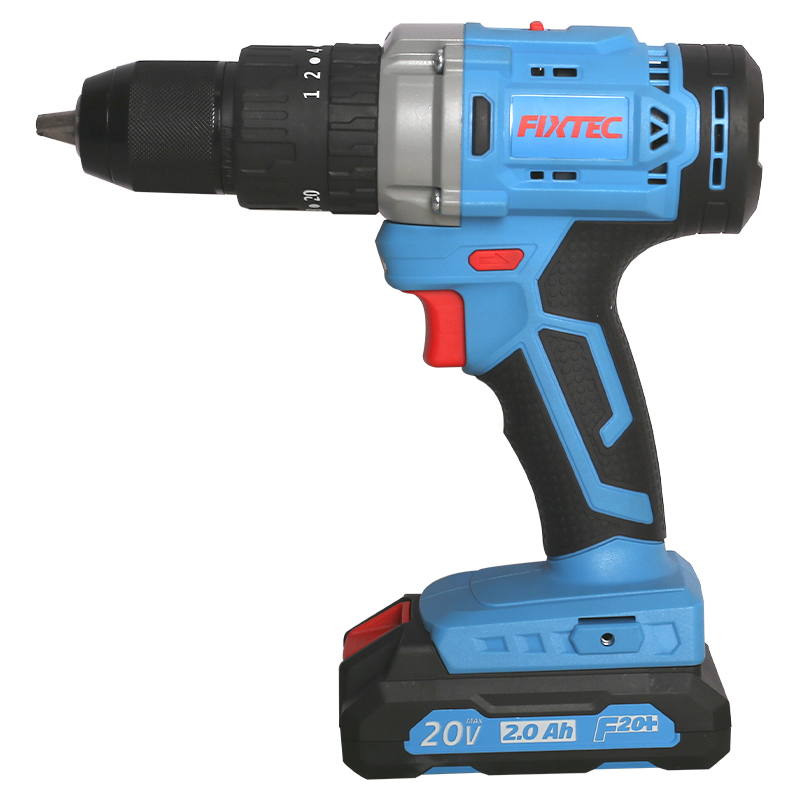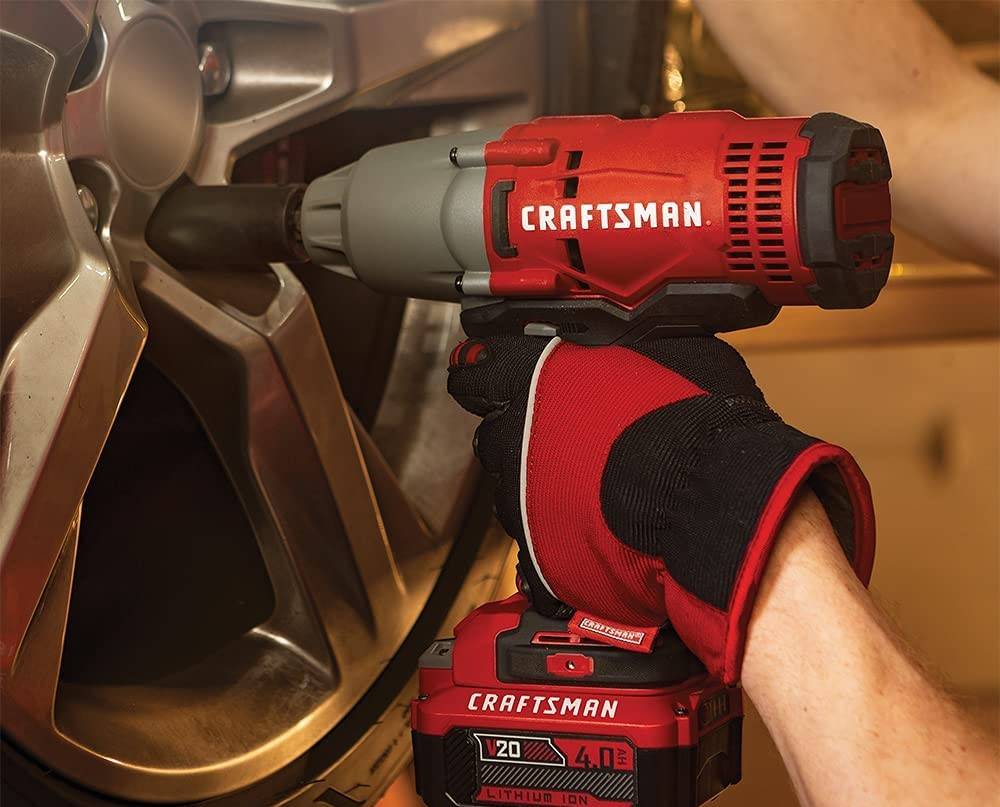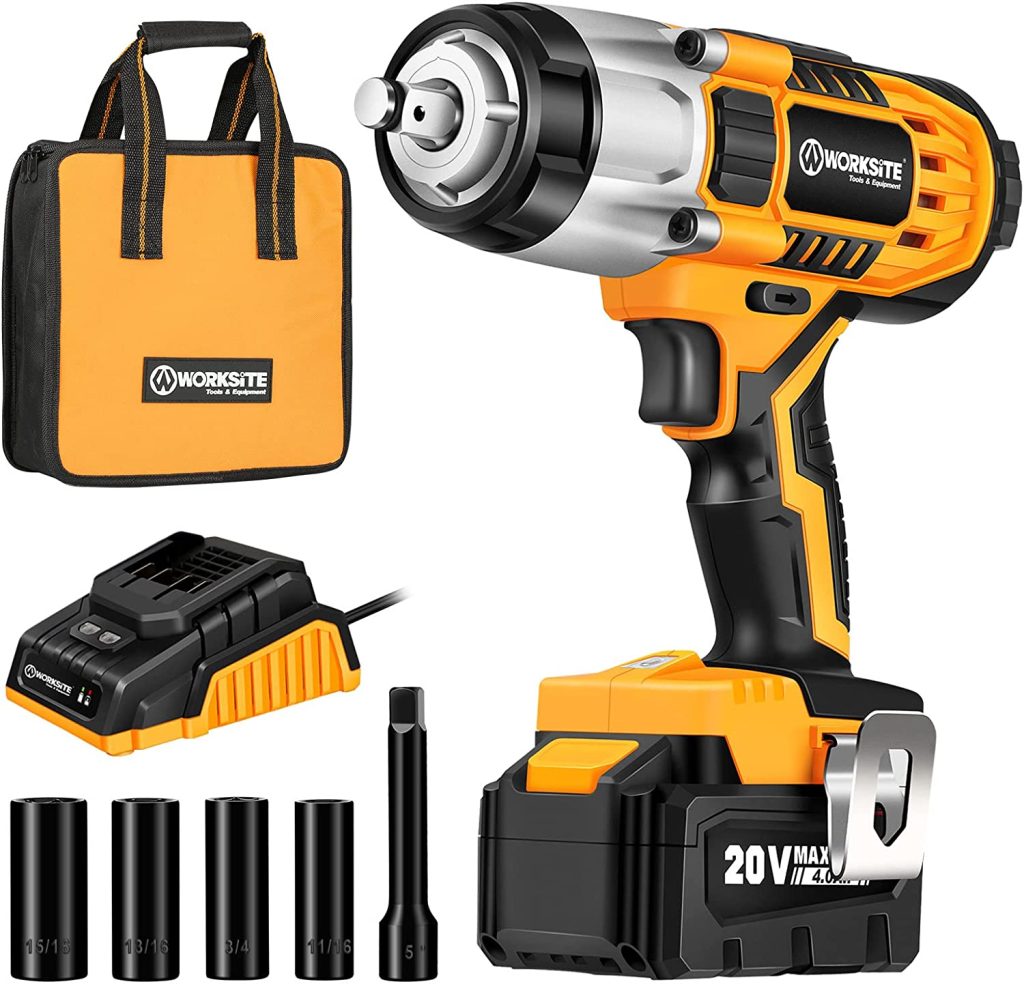In the fast-paced world of cordless power tools, nothing grinds a project to a halt like a dead battery mid-torque. For US DIYers swapping tires or pros bolting beams, extending impact wrench battery life is key to efficiency—especially with 2025’s high-demand 18V/20V platforms pushing 1,000+ ft-lbs. As lithium-ion tech advances (e.g., higher Ah capacities for 40–60 minute runtimes), simple habits can double lifespan from 300–500 cycles to 800+. Drawing from expert advice and user insights, this guide delivers actionable impact wrench battery life tips for 2025 to keep your DeWalt, Milwaukee, or Ryobi wrench humming. Tested across real-world scenarios like lug changes and pallet busting, these strategies ensure peak performance without the drain.
Why Battery Life Matters for Impact Wrenches in 2025
Impact wrenches guzzle power during high-torque bursts, but 2025 models like Milwaukee’s Forge batteries boost output by 10–20% on demanding tasks. Poor habits shorten life by 30–50%, per tool pros—leading to costly replacements ($50–$150 each). Focus on storage, charging, and usage to hit 3–7 years per pack. Let’s torque into the tips.
Top 8 Impact Wrench Battery Life Tips for 2025
1. Match Battery and Charger to Your Wrench
Stick to manufacturer pairings (e.g., DeWalt 20V with their chargers) for optimal voltage flow—mismatches cut life by 20%. In 2025, opt for 5–8Ah packs for 45+ minutes on 1/2-inch drives; higher Ah like 8Ah extends runtime without over-discharge.
2. Avoid Extreme Temperatures
Heat over 104°F or cold below 32°F accelerates degradation by 25%—store in 50–77°F garages. For winter jobs, warm batteries indoors pre-use; 2025’s thermal-monitoring packs (e.g., Milwaukee) alert via apps.
3. Store at 40–60% Charge
Don’t let batteries hit 0% or 100% long-term—aim for half-charge in cool, dry spots to prevent lithium plating. Check monthly; 2025 smart chargers auto-maintain this for idle tools.
4. Use Tools Regularly to Prevent Dormancy
Idle batteries self-discharge 2–3% monthly—cycle every 3 months to keep cells active. Light tasks like 10 lug nuts monthly suffice; full discharge harms more than helps.
5. Stop at First Power Drop
Halt when torque fades—pushing drained packs risks permanent damage. 2025 models with fuel gauges (e.g., Ryobi HP) warn early; swap to spares for seamless shifts.
6. Clean and Inspect Regularly
Dust clogs vents, overheating cells—wipe with dry cloth post-job and check terminals quarterly. Oil anvil lightly; for 2025’s IP54-rated packs, rinse under water if dusty.
7. Choose Higher-Capacity Batteries for Demanding Jobs
Upgrade to 6–8Ah for 50% longer runtime on high-torque modes—ideal for fleet work. Forge-style batteries in Milwaukee kits add slight torque without draining faster.
8. Monitor Cycles and Replace Proactively
Expect 300–500 full charges before fade; track via apps and swap at 80% capacity drop (every 3–5 years). Recycle at Home Depot—2025’s extended warranties cover up to 1,000 cycles on premium lines.
| Tip | Benefit | 2025 Pro Model Example |
|---|---|---|
| Match Charger | +20% Life | DeWalt FlexVolt |
| Temp Control | -25% Degradation | Milwaukee Forge |
| 40–60% Storage | Prevents Plating | Ryobi HP Link |
| Regular Use | Maintains Capacity | Makita Star Protection |
Final Torque: Power Through 2025 with Smarter Battery Habits
Mastering impact wrench battery life tips for 2025 keeps you wrenching without interruptions—start with storage and matching for quick wins. Upgrade to 6Ah+ packs for demanding days. Got a battery hack? Comment below!



